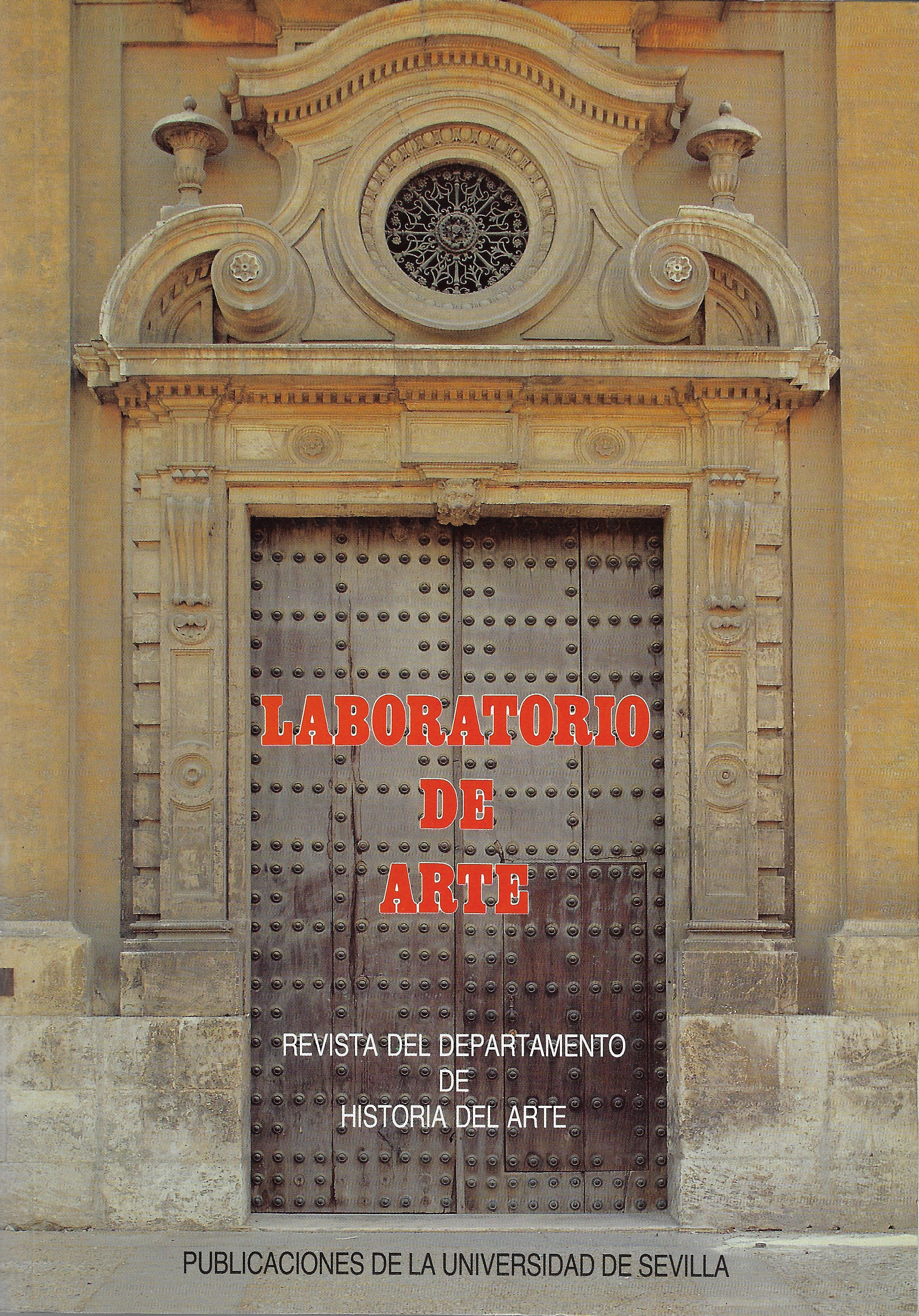LA PINTURA EN LA CIUDAD DE ÚBEDA EN EL SIGLO XVI: UNA APROXIMACIÓN HISTÓRICA
DOI:
https://doi.org/10.12795/LA.2002.i15.05Abstract
Painting developed significantly in the city ofUbeda during the XVI century, with the documented presence of artists and active studios, des pite the fact that this phenomenon can be regarded as less interesting than others such as the development of architecture in a town that can be justly considered as one of the jewels of the Spanish Renaissance. The Italian painter Julio de Aquiles lived in Ubeda until his death in 1556. This artist, who took part in such emblematic works as the Palacio Cobos or the funerary chapels of Camarero Vago andDeán Ortega, established a tradition of mural painting in the city; a tradition which wascontinued by his son Antonio de Aquiles. However, this decorative art reached it zenith in the Hospital de Santiago, thanks to the Spanish painter Miguel Barroso, who assumed a prominent role little or no defined to date.
Downloads
Downloads
Published
Issue
Section
License

This work is licensed under a Creative Commons Attribution-NonCommercial-ShareAlike 4.0 International License.










